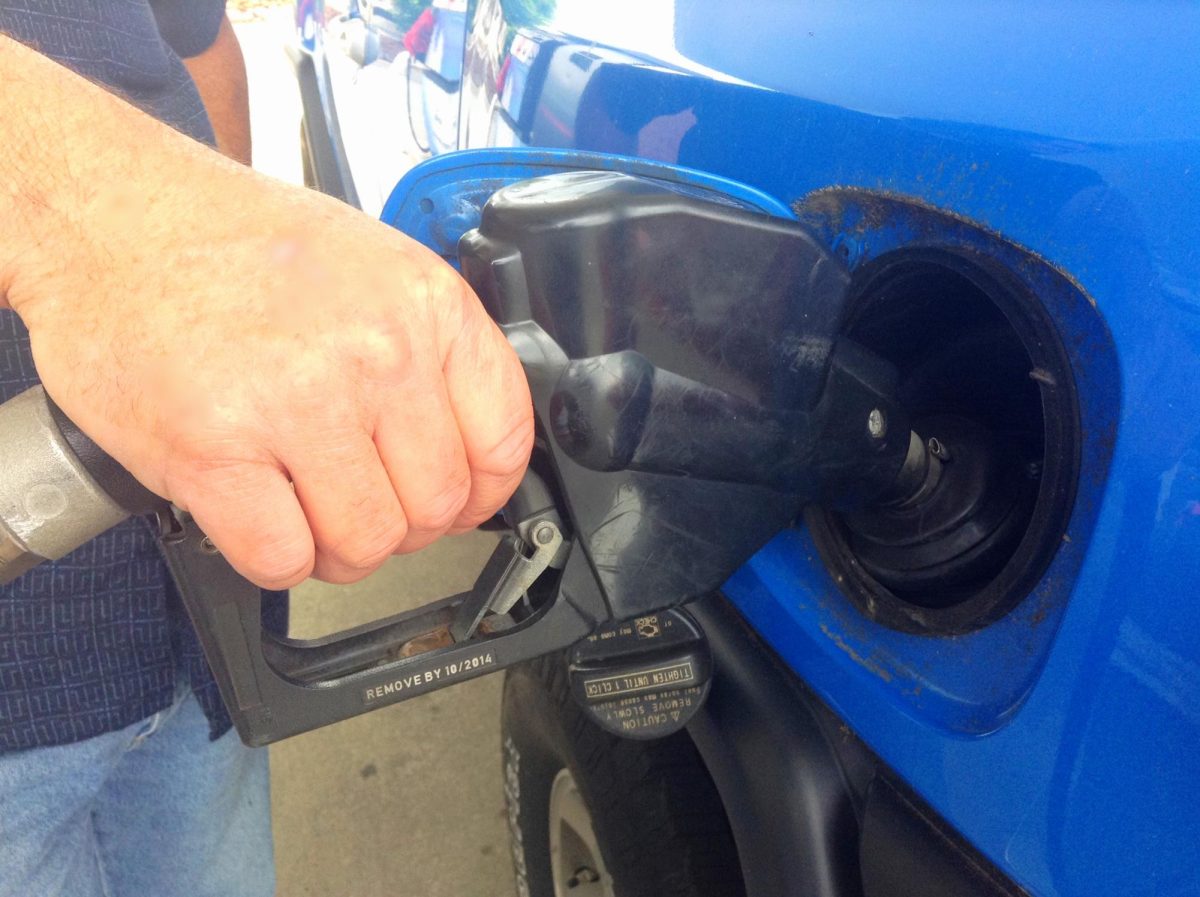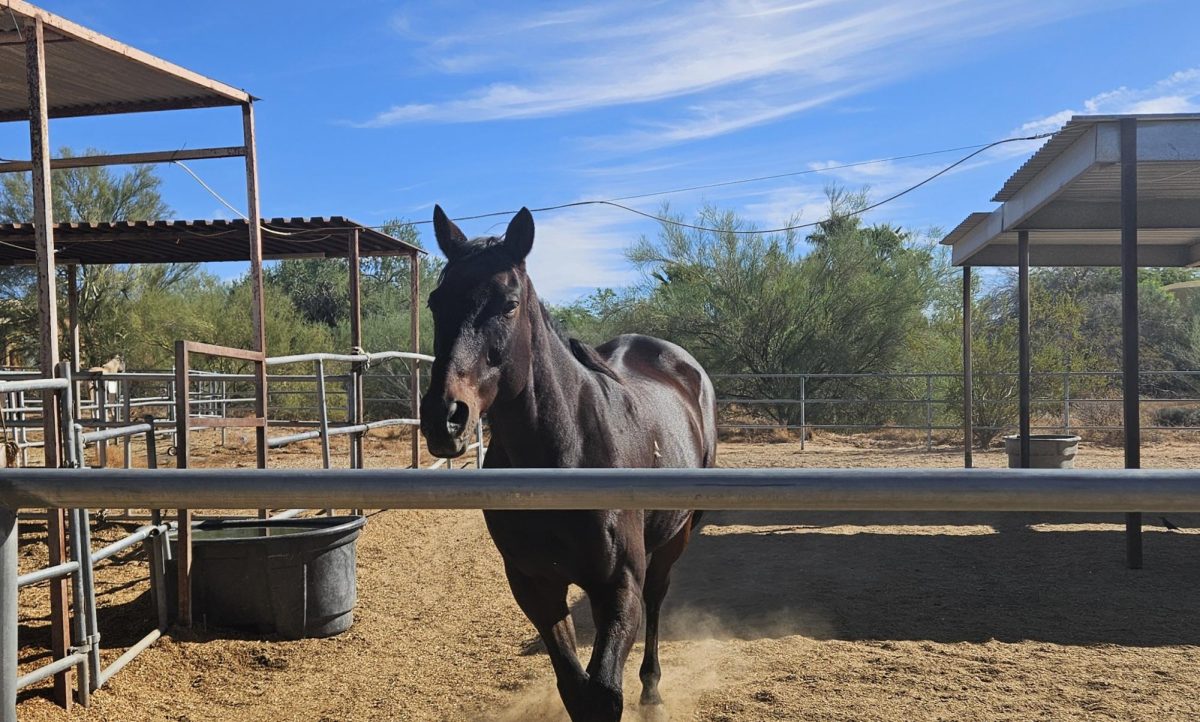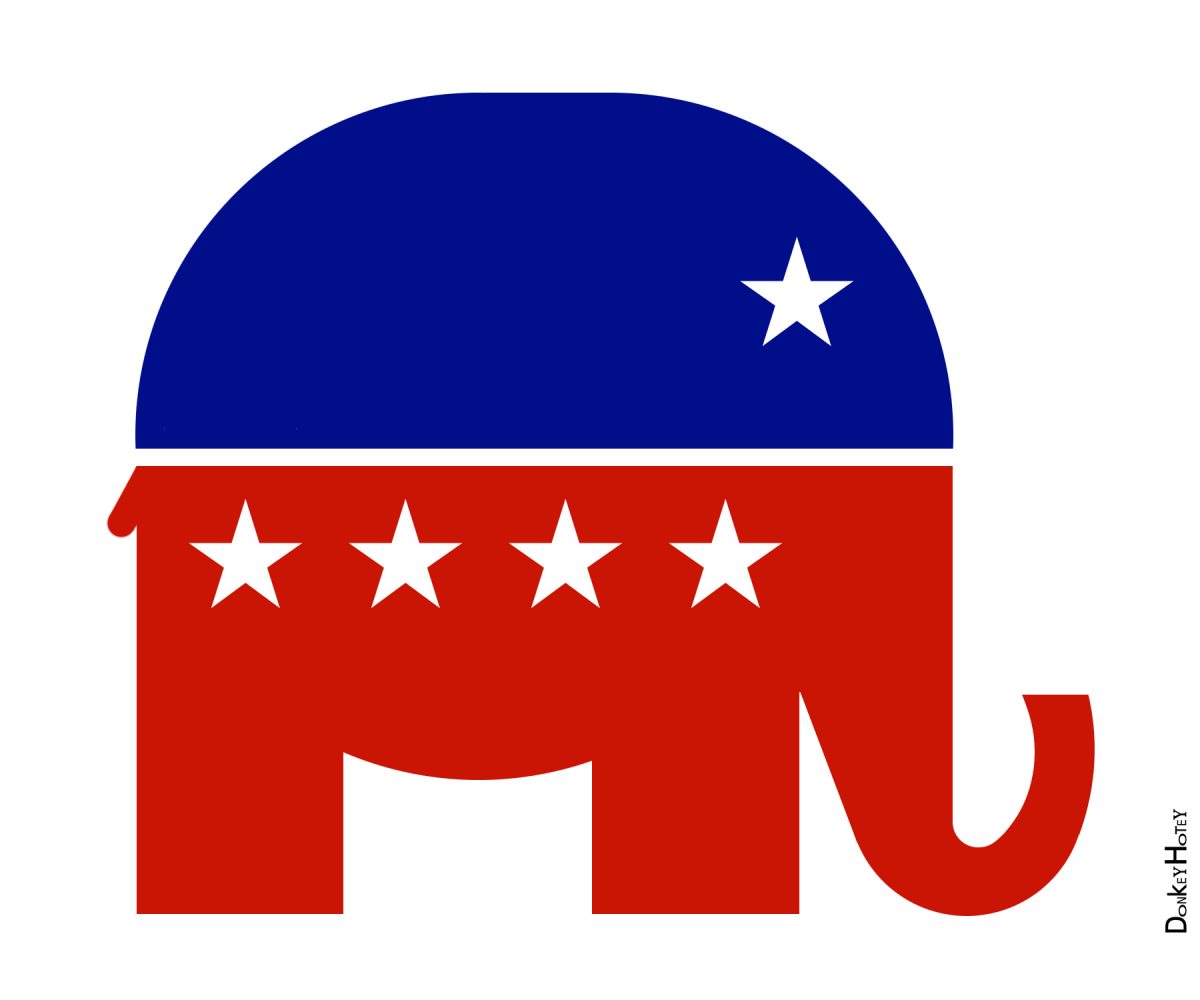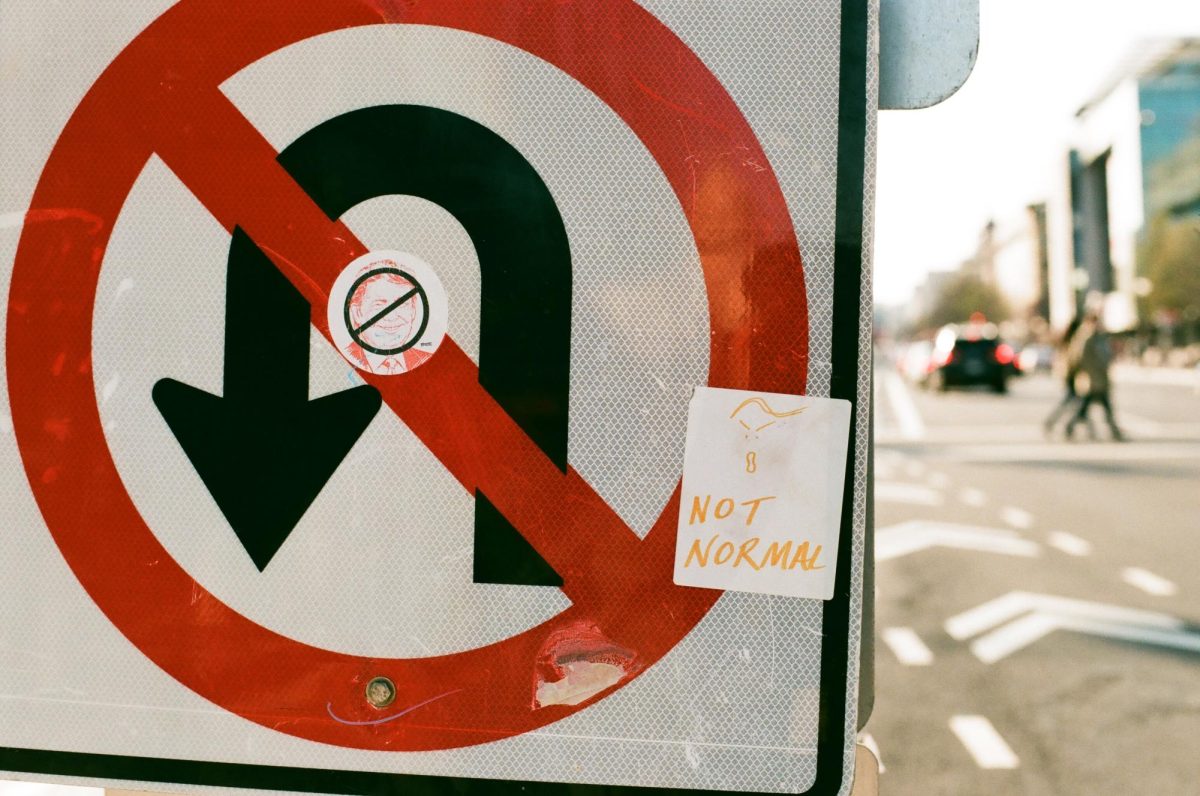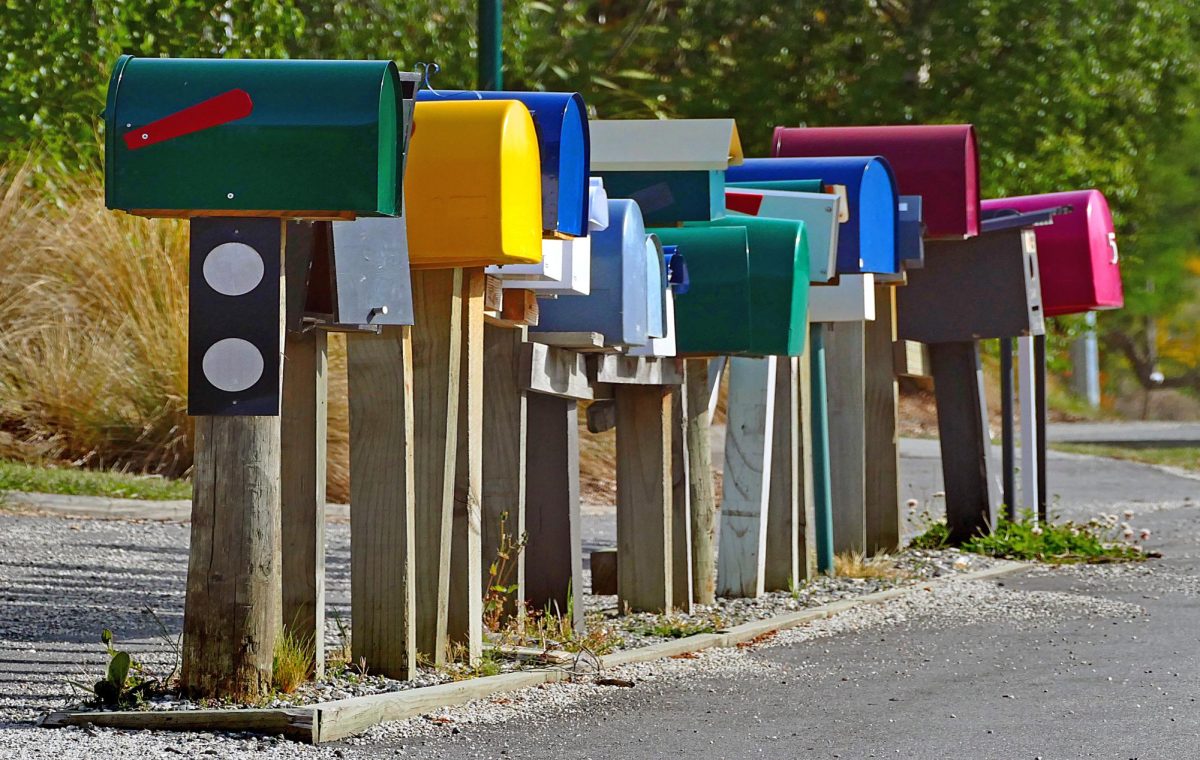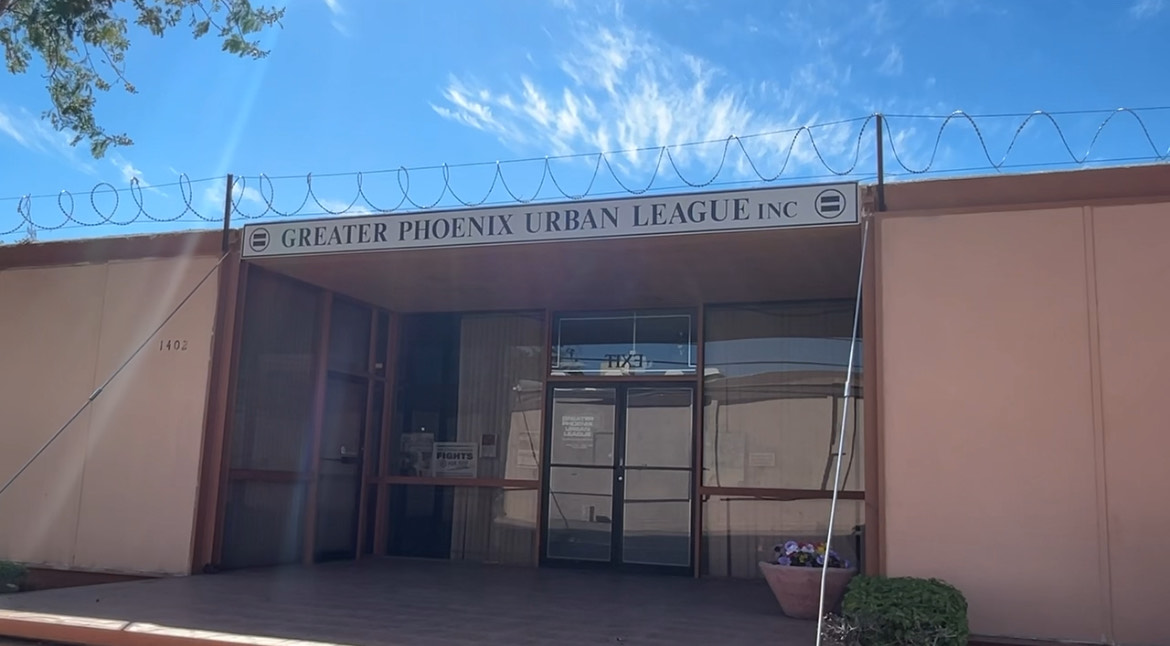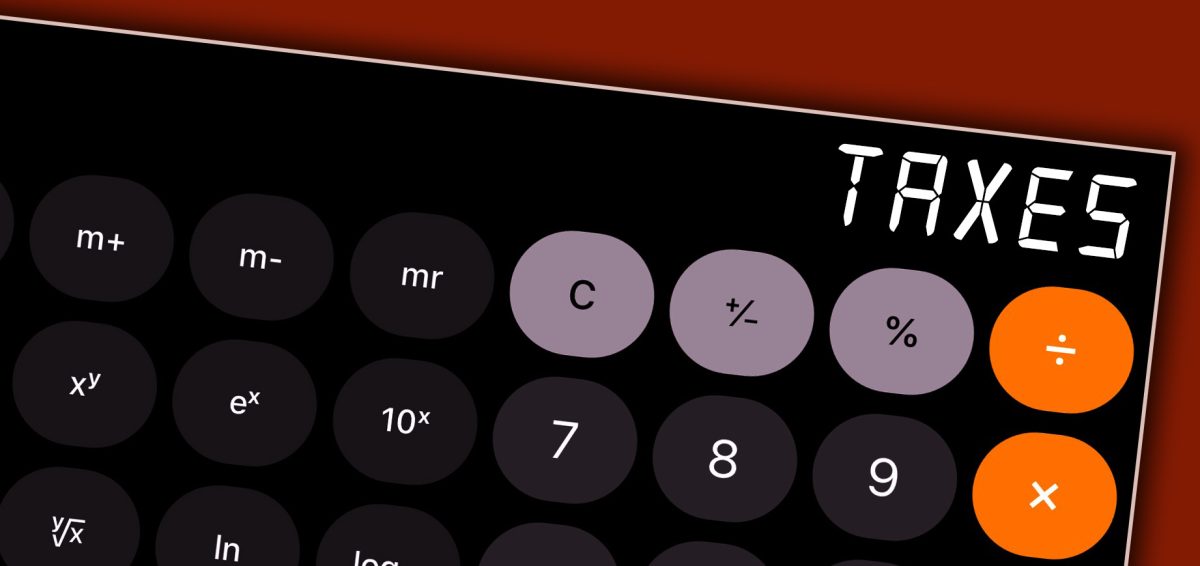Why have gas prices risen in the Grand Canyon State?
In a few words—extreme growth and demand coupled with a challenging supply chain.
Growth is good, yes, but experts say that this year’s spring and summer spikes could rival the margins seen in 2023. Still, overall, the state’s current disposition is much more favorable than last year’s when prices loomed.
“Pump prices usually move higher this time of year, but a 12 cent jump in one week is notable,” said Andrew Gross, AAA spokesperson.
Most Arizonans are not aware of a power outage that caused a shut-down of the BP-Whiting refinery in Indiana—production that can account for some of the increase when considering the refinery processed more than 435,000 barrels a day.
The shut-down has impacted prices across the nation.
According to AAA, gas prices are usually at the lowest in December and January when the state switches to its winter blend of gas, which is typically less costly.
“However, the refinery shutdown will likely be resolved soon, so further increases at the pump should revert to slower and lower seasonal gains,” said Julian Paredes of AAA.
“Some people are rightfully concerned about gas prices, but at least right now, there’s nothing really out of the ordinary happening right now even though we do expect to see gas prices going up,” Paredes said. “But that’s typically normal as we get closer to spring and, obviously, summer.”
“When we get closer to spring, gas prices will traditionally start going up just because as soon as we get more sun and warmer weather, demand for gas nationwide is going to start increasing,” he said.
As of Monday, March 4, the average cost for a gallon of gasoline throughout the Grand Canyon State resides at $3.42, according to AAA statistics.
Compared to last week, that’s a seven-cent jump, whereas this time in Feb., the cost was at $3.26.
AAA also reported in their weekly nationwide breakdown that Arizona’s average cost ranks it the 10th most expensive state to fill up in the entire country—but with the state’s relentless growth and the challenge to supply—it’s no wonder.
Arizona has several unique issues and challenges that plague the state when it comes to supplying consumers with fuel. The crux of these issues center around refineries, most notably a lack thereof, and the state’s one of one fuel blend for the summer.
In May of 2023, Patrick De Haan, head of petroleum analysis for GasBuddy stated that due to the lack of refinery capital, fragmentation, an increasing population and a unique fuel blend ruling dating back to 1997, pipelines did not have the capacity to supply the state.
“When you have different blends being used in different areas across the state, that are only specific to your state — and when you have no refineries in your state — you rely on refineries in California and in El Paso and New Mexico to produce these special Arizona blends,” De Haan told The Arizona Republic in 2023 amid Arizona’s tumultuous summer.
“The problem is right now because of the population boom in Arizona, there’s not enough pipeline capacity to bring in enough gasoline, at least all these different types of gasoline from California alone.”
The killer last year, though, was the overload of refinery outages – which happened twice, once in the spring and again toward the end of summer – exacerbated the issues above, spawning a nightmare scenario for the state.
“When everything is running fine, there doesn’t tend to be much of an issue though there will still be an increase in price, but last year, the spat of refinery outages at both in southern California that supply the western part of the state and refineries in Texas that supply the eastern part of Arizona,” De Haan told Northeast Valley News Monday. “That really, really made things very complex when it comes to getting these types of gasoline to where they need to go.”
Coupled with Arizona’s unique blend and the dozens of other summer blends used across the country, the system is fragmented, according to De Haan.
“It makes it much more difficult, especially against the backdrop of demand that is starting to go up, as temperatures warm back up and then we switch to all these different special blends depending on where you are in the country,” De Haan said. “Areas of Phoenix that have to use the more stringent type of gasoline, hit $5 a gallon on average last year, and if any issues develop this year, we could see it. So far, we’re only seeing the normal seasonal ups.”
De Haan does believe Arizona could feel the brunt of those issues again, but possibly to a lesser degree.
“I kind of expect something to happen again this year, I don’t know if the degree is going to be exactly what we saw last year but the problem is getting worse overtime simply because Arizona’s population continues to swell and the amount of refineries on the west coast continues to decline,” De Haan said.


